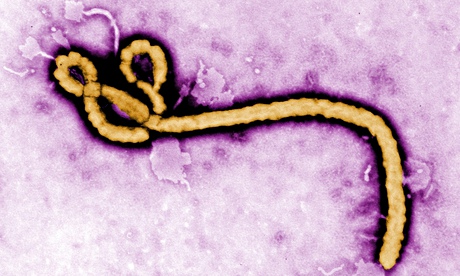Ebola Kills 9 in Lofa

 Fresh reports from Lofa County have revealed that at least nine persons have died after contracting the Ebola virus in Foya and Voinjama districts, respectively.
Fresh reports from Lofa County have revealed that at least nine persons have died after contracting the Ebola virus in Foya and Voinjama districts, respectively.
A Power Television news correspondent in Lofa says of the nine deaths, eight occurred in Foya and one in Voinjama.
The Power News correspondent said the County Health Coordinator of the Tellewoyan Hospital in Voinjama, Edmund Eisah, made the disclosure to newsmen in the county.
Power TV quoted Mr. Eisah as disclosing that about 20 nurses and eight attendants at the Tellewoyan Hospital are being monitored for suspected cases.
He said while the issue of Ebola has raised serious conscience in Lofa County, logistics remain a big challenge for the health sector in Liberia.
However, a NewDawn’s investigation established that one Ebola victim from Voinjama did not die in hospital there, but rather died at home in Monrovia after she was referred to the John F. Kennedy Memorial Hospital by nurses at the Tellewonyan Hospital.
According to investigation, the victim was referred to the JFK after nurses observed that she was vomiting and toileting. Health Ministry authorities in Monrovia have neither denied nor confirmed these latest reports, but the Assistant Minister of Health for Preventive Services, Tolbert G. Nyenswah, told UNMIL Radio over the weekend that a Sierra Leonean woman died from the disease in the Borough of New Kru Town on Bushrod Island.
[bsa_pro_ad_space id=1]
Minister Nyenswah said the unidentified woman died in the house, shared with other residents. He further disclosed that four occupants of the house, who contracted the virus, have also died.
Reports say the four victims died subsequently at the Redemption Hospital in New Kru Town, including a nurse said to have been on duty. Hospital authorities have reportedly quarantined scores of nurses after the incident. The Ebola virus is a member of the Filoviridae viral family of RNA viruses, which are characterized by long, thin filaments seen in micrograph images.
The virus causes hemorrhagic fever, which is usually fatal. It damages the endothelial cells that make up the lining of the blood vessels and creates difficulty in coagulation of the infected individual’s blood.















